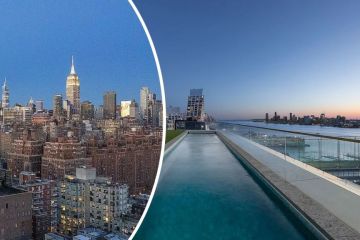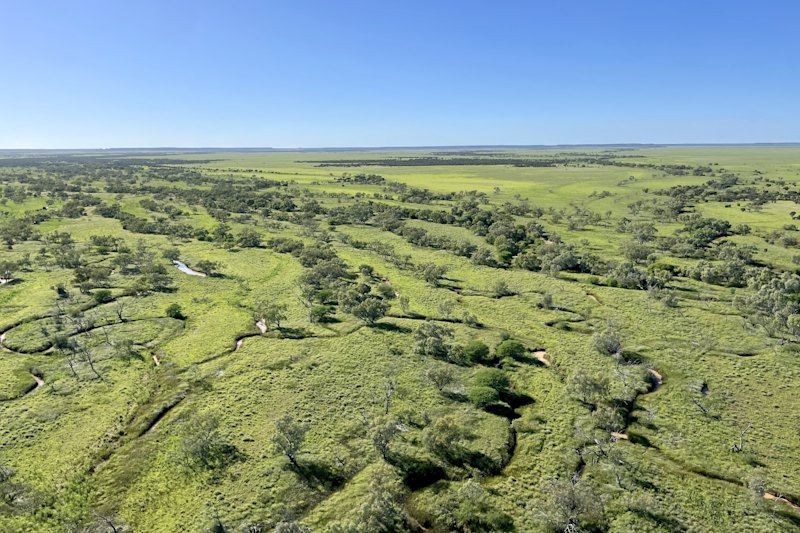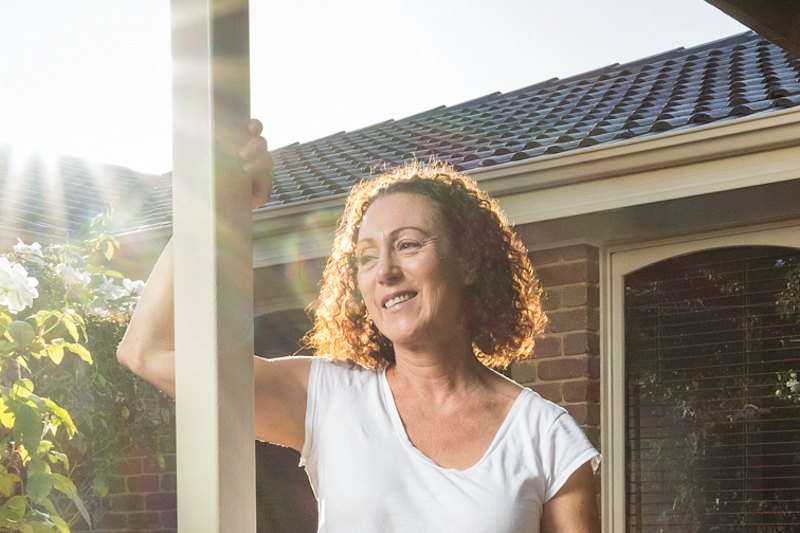Modernist design finding new followers
In their search for a Modernist home, they dropped 80 handwritten letters at houses around the Studley Park area in the hope of finding a willing seller. And when they got a call back from the owner of a Robin Boyd-designed 1968 house, they had a deal struck within two hours.
That was seven years ago. Since then, Mr Dowse has watched enthusiasm for the clean lines, light-filled rooms and open layout of his house – and others of the same era – rapidly escalate. ”Before it may have only been of interest to a few architectural historians,” he says. ”Now there is a wider appreciation (for such houses), and they have a bit of cachet in the broader culture.”
Interest in Melbourne’s Modernist homes from the ’50s, ’60s and ’70s is surging, with buyers, architecture enthusiasts and heritage buffs finding a renewed appreciation for the standards of design practised by architects like the late Boyd, McGlashan Everist, Peter McIntyre and many others.
A two-year-old Melbourne-based blog, Modernist Australia, has started compiling lists of Modernist homes, while Melbourne film company Traces is working on a documentary about Modernist architects.
Studley Park, with its concentration of Modernist homes, now has its own community group devoted to the style, while a tour of Boyd-designed homes run by the Robin Boyd Foundation in April attracted almost 800 people.
Marshall White & Co agent Walter Dodich says demand for such houses has spiked in the past year, while architectural historian and heritage consultant Simon Reeves says there is ”a new interest in this sort of thing, both for its heritage value and for property ownership”.
Mr Reeves says part of the reason for the interest is the cyclical nature of taste – ”in the 1970s people hated art deco” – and part of it is the influence of film and television.
Television show Mad Men and films such as last year’s A Single Man have revived interest in ’60s styles, while the local Showcase television series Tangle, set in modern-day Melbourne, features a 1960s Studley Park home. ”The house has become a bit of a star of the show,” said producer Imogen Banks. ”A lot of people are in love with it, and I do think it’s added another character to the show.”
Others point to the environmentally aware design of many houses of the period. Ian McDougall, Melbourne-based director of architects ARM, describes them as ”free-form sculptures that you live in”, and says many are more sustainable and better suited to our climate than modern houses. ”They were well thought out, using high quality materials – there’s a sense of quality in the design that does endure,” he says.
National Trust architectural historian Rohan Storey says there is a ”significant niche market” of people who enjoy modernist houses for their ”clean lines, use of light, open plans and period detail”.
But not everyone agrees that the homes have heritage value, he says. ”Unfortunately, there is also a segment of the community that does not believe that postwar Modernist houses are old enough to be considered ‘heritage’ even though many are now half a century old.”
Two years ago, Bayside Council launched a heritage study of interwar and postwar buildings, which recommended protection for selected Modernist homes and buildings. But it was abandoned after community opposition, with many residents attacking the accuracy of the study and rejecting the idea that their homes had heritage value.
Mr Storey says that because the houses are often in sought-after suburbs such as Kew and Beaumaris, and are on larger blocks, they are redeveloped for units or big new houses.
Mr Reeves, a fan of lesser-known modernist architects such as Anatol Kagan, Douglas Alexandra, and Gerd and Renate Block, says many of their homes remain unprotected. Several quality homes in Kew, Brighton and Beaumaris have been demolished in recent years, he says.
”It is in areas like Beaumaris where these sorts of houses are mostly threatened, because … property prices mean that they are purchased for land value.”
Mr McDougall says that although Boyd’s work is starting to be protected, more work is needed to document other Modernist buildings.
”Some are falling into dilapidation or getting pressure from developers to be redeveloped. We need to document that period and say which ones need to be kept.”
Jim Gard’ner, executive director of state government agency Heritage Victoria, says about 50 Modernist buildings are on Victoria’s heritage register, including several by Boyd.
We recommend
We thought you might like
States
Capital Cities
Capital Cities - Rentals
Popular Areas
Allhomes
More







